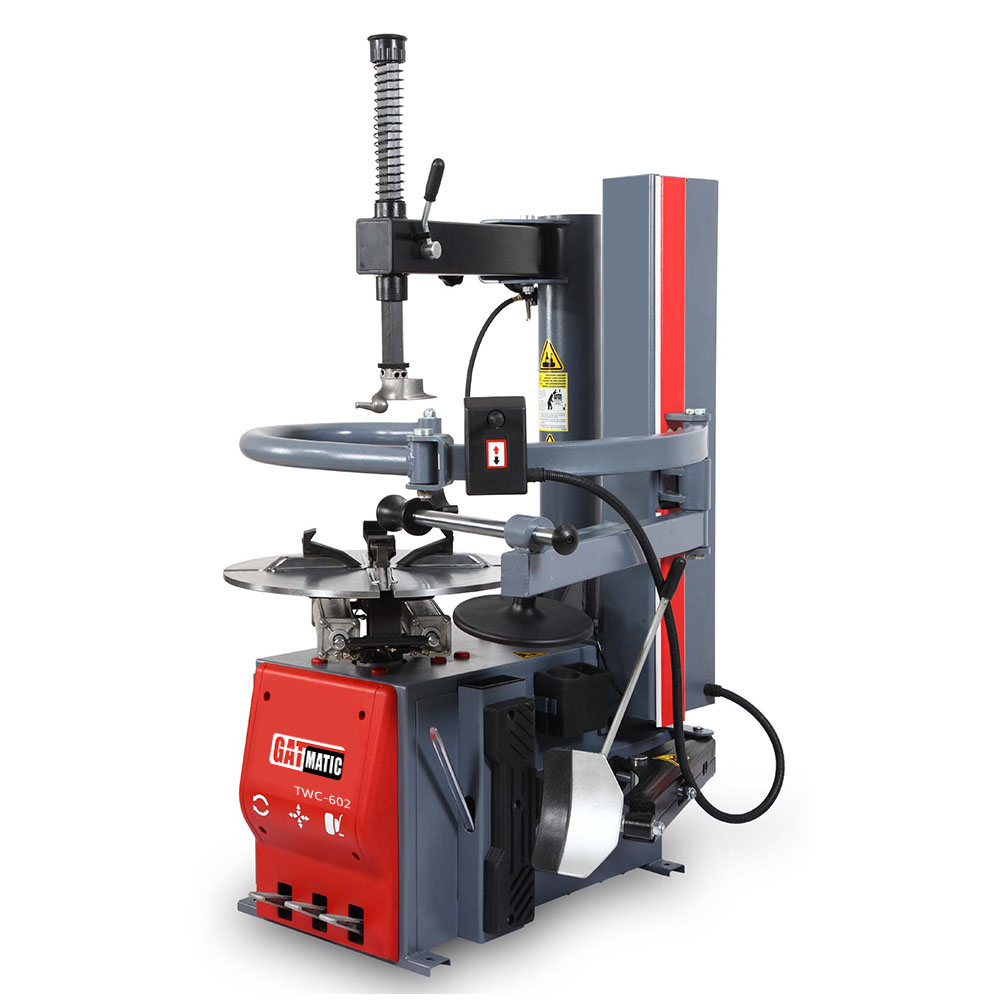The Economics of Owning a Vehicle Tire Changer: Cost Analysis
Owning a vehicle tire changer is a significant consideration for car owners, garages, and businesses involved in automotive maintenance. A tire changer is an essential piece of equipment designed to facilitate the removal and installation of tires on rims. This essay delves into the cost analysis of owning a tire changer, examining the various components that contribute to its economic implications.
I. Cost Components of Owning a Vehicle Tire Changer
The costs associated with owning a tire changer are multifaceted. Initially, the purchase cost varies depending on the type of changer—ranging from manual to semi-automatic and fully-automatic models. Each variant comes with different features and price points. Installation and setup costs further add to the initial investment, which may vary based on professional installation or a do-it-yourself approach. Operating costs encompass energy consumption, maintenance, repair, and consumables like tire mounting paste and valve stems. Labor costs, if applicable, also contribute to the overall expenses.
II. Cost-Benefit Analysis
Conducting a cost-benefit analysis is imperative to gauge the financial implications of owning a tire changer. This involves calculating the cost per tire change and considering the frequency of use to amortize the total cost over time. Comparing in-house tire changing with outsourcing services helps determine long-term savings. Furthermore, for businesses, the impact on operational efficiency and customer service should be considered.
III. Factors Influencing Cost-Effectiveness
Several factors influence the cost-effectiveness of owning a tire changer. The scale of operations, such as personal use versus commercial use, and the frequency of tire changes play a crucial role. Skill and training affect labor costs and in-house expertise. Technological advancements, which offer improved efficiency and automation, come with additional upgrading costs and benefits.
IV. Case Studies or Examples
Real-world case studies and examples play a pivotal role in understanding the practical implications of owning a tire changer. Testimonials from users, industry insights, and trends provide valuable insights into the economic aspects of this investment.
Conclusion
The cost analysis of owning a vehicle tire changer underscores the importance of considering various cost components. Recommendations should be based on a comprehensive understanding of the specific needs, scale of operations, and future trends in the automotive maintenance industry.
FAQs
1. Are tire changers cost-effective in the long run?
Investing in a tire changer proves cost-effective over time, considering the reduced expenses on professional services and enhanced convenience.
2. What maintenance does a tire changer require?
Regular lubrication and occasional parts replacement are the typical maintenance requirements for a tire changer.
3. Can owning a tire changer save money in the long term?
Yes, owning a tire changer can lead to significant savings by eliminating frequent visits to tire service centers.
4. How often do tire changers need repairs?
With proper care, tire changers might require occasional repairs, largely dependent on usage and maintenance practices.
5. Can a tire changer accommodate different tire sizes?
Most modern tire changers are versatile and can handle various tire sizes, offering flexibility.
6. What safety measures should one consider while using a tire changer?
Adhering to safety guidelines, such as wearing protective gear and following manufacturer instructions, is crucial to prevent accidents.
Describe Your Needs In Detail!
We will carefully evaluate your needs and give professional solutions.



